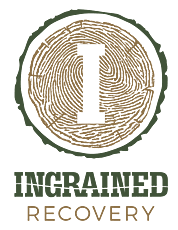Find Treatment for Co-Occurring Bipolar Disorder and Cocaine Addiction at Ingrained
Struggling with bipolar and cocaine use disorder can make the world feel like a lonely place. But the truth is that you’re not alone. Many people with bipolar disorder turn to drug abuse, using stimulants like cocaine to offset depressive symptoms and alcohol to cope during manic symptoms. The fact that you are seeking information to learn about getting dual diagnosis treatment shows that you’re ready to make lasting changes.
Ingrained Recovery is here to help! Our central Georgia facility offers evidence-based treatment options that will address your mental disorders together. The holistic care goes beyond ending cocaine abuse; it provides the substance abuse treatment and coping skills you’ll need to care for your mental health permanently.
Do you (or someone you love) need help with cocaine abuse and bipolar disorder treatment? If so, please continue to read on to learn more about cocaine use disorder and the close connection it shares to Bipolar I and Bipolar II disorders.
Cocaine Abuse and Bipolar Disorder Treatment
A National Institute of Health (NIH) report estimates that millions of Americans live with Bipolar and a co-occurring drug addiction. As mentioned in the opening statements, you are not struggling alone! These statistics show how often mental illness coincides with drug/alcohol abuse:
- Bipolar disorder I and II occur in 4.4% of Americans, or 11.4 million people.
- Major depressive disorder will occur in 13.2% to 16.6% of people, or 34 to 43 million Americans.
- About 47.3% (5.4 million people) of those with bipolar disorder also struggle with substance use disorders, including cocaine abuse.
- With bipolar disorder I, the number who abuse drugs rises to 60.3% (6.9 million).
Those numbers may sound daunting, but recognizing the magnitude of the problem can be a source of fresh inspiration.
You do not need to remain a statistic; our compassionate treatment professionals can help you leave substance abuse behind and learn to manage the mood instability and low and manic phases associated with bipolar disorder.
Get Effective Treatment Programs at Ingrained Recovery
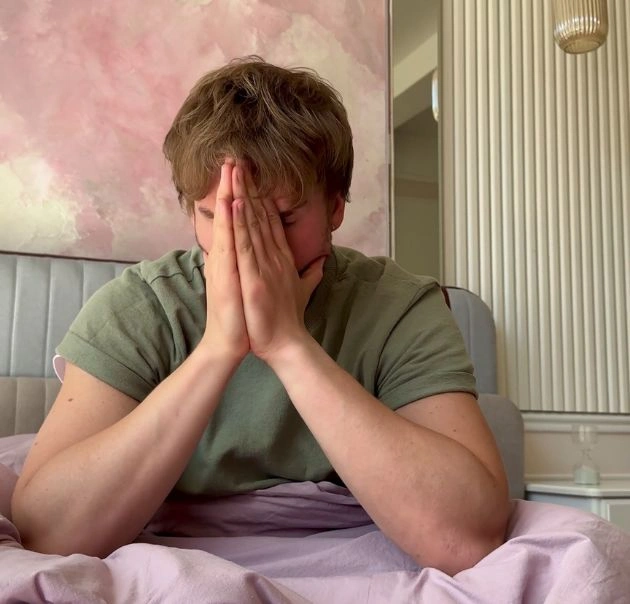
The Bipolar Spectrum Disorders
The bipolar spectrum includes the better-known Bipolar I and Bipolar II disorders and a milder form called cyclothymia. Each of these has disruptive symptoms, with people turning to drug use to ease them.
We’ll also touch on major depressive disorder, which isn’t on the same spectrum. However, the overlapping symptoms cause similar disruption to a person’s life, especially when also engaged in substance use.
Bipolar Depression I
The clinical definition of Bipolar I describes a mental illness known for severe mania and depression. Manic episodes put the person at a high risk of harm due to long periods or unusually high self-confidence and risky behaviors.
The depressive episodes of Bipolar I disorder can make life feel dull, shake self-esteem, and lead to feelings of hopelessness and lethargy.
Some who struggle may even contemplate suicide during a prolonged depression phase.
If you are a loved one reading this post for guidance and suspect suicidal thoughts, call the 988 hotline immediately.
Bipolar Depression II
Bipolar II disorder has less severe mood shifts but still includes hypermania, hypomanic episodes, and even mixed episodes.
While the general population may notice the behaviors apparent in Bipolar disorder I, people with Bipolar II often appear to be really low-key, quiet people. Because it’s perceived as part of their personality, they’re at an increased risk of a missed diagnosis, thus self-medicating.
Cyclothymic Disorder
Cyclothymia is a milder mood disorder; it is on the bipolar disorder spectrum along with bipolar disorder I and II. The mood swings from the racing thoughts of hypomanic episodes to major depressive episodes are less noticeable than with bipolar.
A major depressive episode might continue for 2 years, causing the person to feel persistent low feelings every day.
Get Proven Detox and Rehab Options at Ingrained
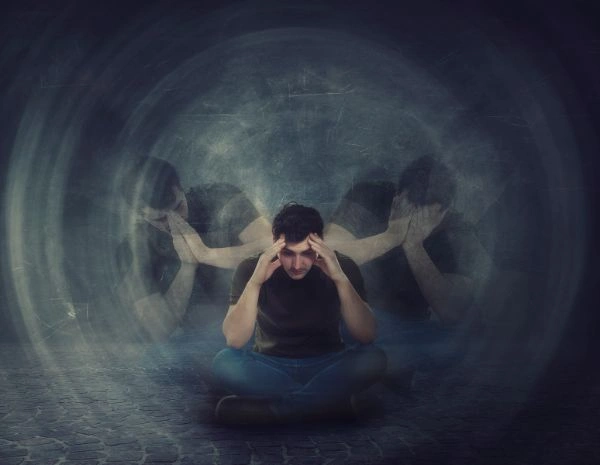
Major Depressive Disorder
MDD means living with persistent, almost-daily sadness – the same symptoms as a bipolar disorder depressive episode. People may lose interest in daily activities or feel achy and fatigued most of the time. A major depressive episode can last for months, causing an erosion of mental health and co-occurring substance abuse to ease the pain.
Challenges Living with the Frequent Mood Shifts of Bipolar Disorder
Bipolar disorder can destroy your mental health and lead to many problems. People who live with it have problems in their family and love relationships, careers, and friendships. It takes constant hard word and self-care skills to minimize its impact on daily life.
It may be true that bipolar disorder is not curable. But with counseling, therapy, and finding the proper psychiatric medications, people can learn to manage bipolar disorder and live a rich and full life.
Treating Co-Occurring Disorders with Bipolar Disorder
A diagnosis of Bipolar Disorder along with a cocaine addiction is called a dual diagnosis. The term also applies to any situation where a mental illness plus a substance use disorder occurs.
It’s essential to seek professional treatment to get the help you need. Co-occurring disorders will not disappear on their own and can develop into an increasingly complicated set of symptoms.
Cocaine Use as Self-Medication for Bipolar Disorder
Cocaine and co-occurring bipolar disorder is not uncommon. Those with Bipolar I Disorder may use a particula drug to self-manage the “lows” of depressive episodes or to intensify euphoric feelings during hypomanic episodes. Unfortunately, cocaine only offers brief relief, so the person starts to use the substance more frequently. This abuse becomes a physical dependence on cocaine and an increased risk of severe addiction to the drug.
Cocaine Use Disorder Worsens Bipolar (and Vice Versa)
Cocaine use amplifies the high and low periods of bipolar disorder. The manic episodes become more explosive, and the depressive episodes even sadder.
On the other hand, bipolar symptoms lead to further substance abuse. It creates a vicious cycle of cocaine addiction. How the two mental health conditions – the bipolar disorder and cocaine abuse – interact can vary, depending on the individual.
Other Mood Disorders and Affective Disorders Plus Substance Use Disorder
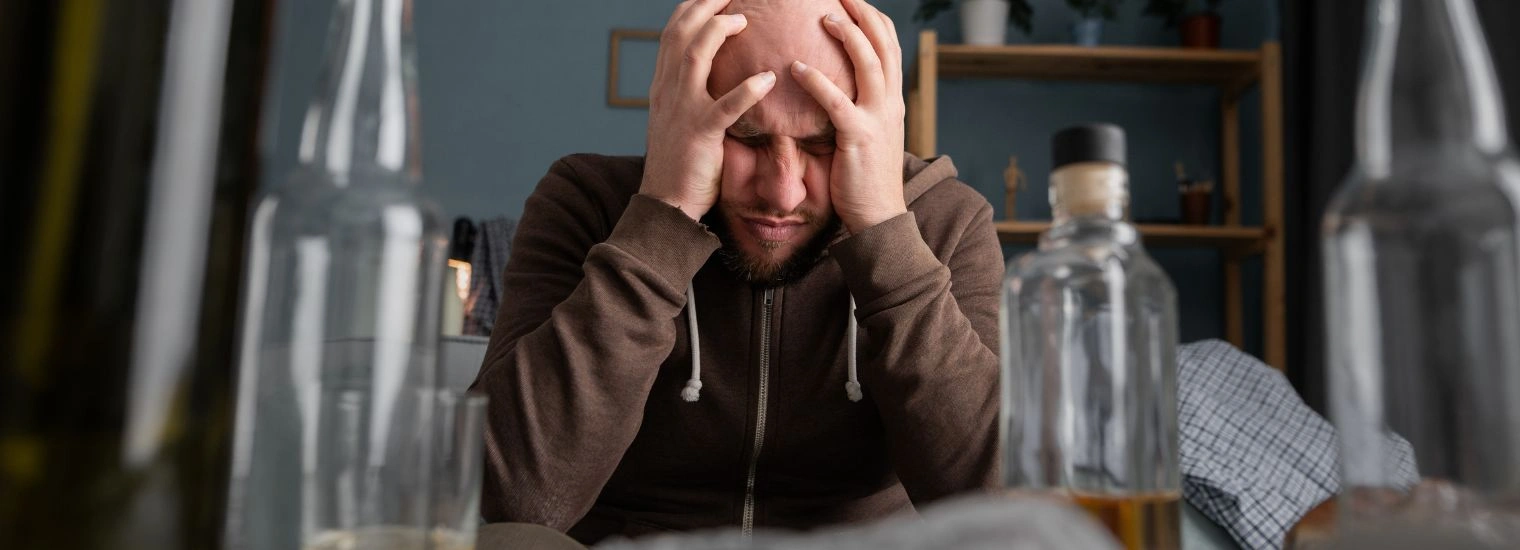
Co-occurring disorders are not limited only to cocaine use and bipolar disorder. With many mental disorders, people find themselves swept into an addiction from trying to manage their troubling symptoms.
Besides bipolar disorder and cocaine abuse, other common co-occurring disorders that can affect people include these examples:
- Anxiety disorders and alcohol abuse
- PTSD and cocaine or stimulant use
- Alcoholism and bipolar disorder
- Depression and prescription painkiller medications
- Eating disorders with stimulant medications
The dual diagnosis conditions possible are expansive and nearly without limit. But that doesn’t mean you can’t get the appropriate treatment for your symptoms.
Treatment for Bipolar Disorder and Cocaine Abuse
Imagine putting together a puzzle with the pieces forced into the wrong place. The finished project would be distorted, and the final image would be almost unrecognizable. But if you take the wrong parts out of the puzzle and reassemble them, you can recreate the image and make it beautiful.
That’s how treatment professionals can help – our team can guide you toward breaking down the poor coping mechanisms you’ve had to develop and replace them with better ones. With some effort, you can end drug abuse and enjoy better mental health despite your bipolar disorder.
Using Insurance to Get the Professional Help You Need
Some people avoid a detox and recovery center because they fear treatment costs. They don’t realize that the Affordable Care Act forced insurance companies participating in the Health Insurance Marketplace to make mental health benefits equal to physical wellness benefits. The myth that mental illnesses are not covered is a myth.
We are here to help you make all the arrangements for your cocaine addiction and bipolar disorder treatment. Our admissions department professionals can call your insurance company, make sure you pay the minimum out-of-pocket costs, and provide an estimate before you arrive.
You’ll focus on recovery with peace of mind.
Does Bipolar and Cocaine Use Require Hospitalization or Inpatient Treatment?
Bipolar disorder and drug use can be very tricky to treat. Some don’t require hospitalization for their symptoms, but many do. Some of the variables that influence a decision to commit to inpatient treatment are:
- A major depressive episode with thoughts of self-harm, suicide, or harming others
- Manic episodes causing recklessness or putting the person in imminent danger
- Mixed episodes that have persisted despite care (sometimes may have tried medications from a well-intending primary care physician)
- The symptoms are so intense that an immersive setting is the only way the person can focus on their well-being
- The self-medicating drug use has continued for years and has become “sticky”
Inpatient treatment at Ingrained is also appropriate for anyone who has tried outpatient drug addiction or bipolar disorder treatment programs in the past.
Stabilizing Manic or Depressive Symptoms and Managing Withdrawal Symptoms
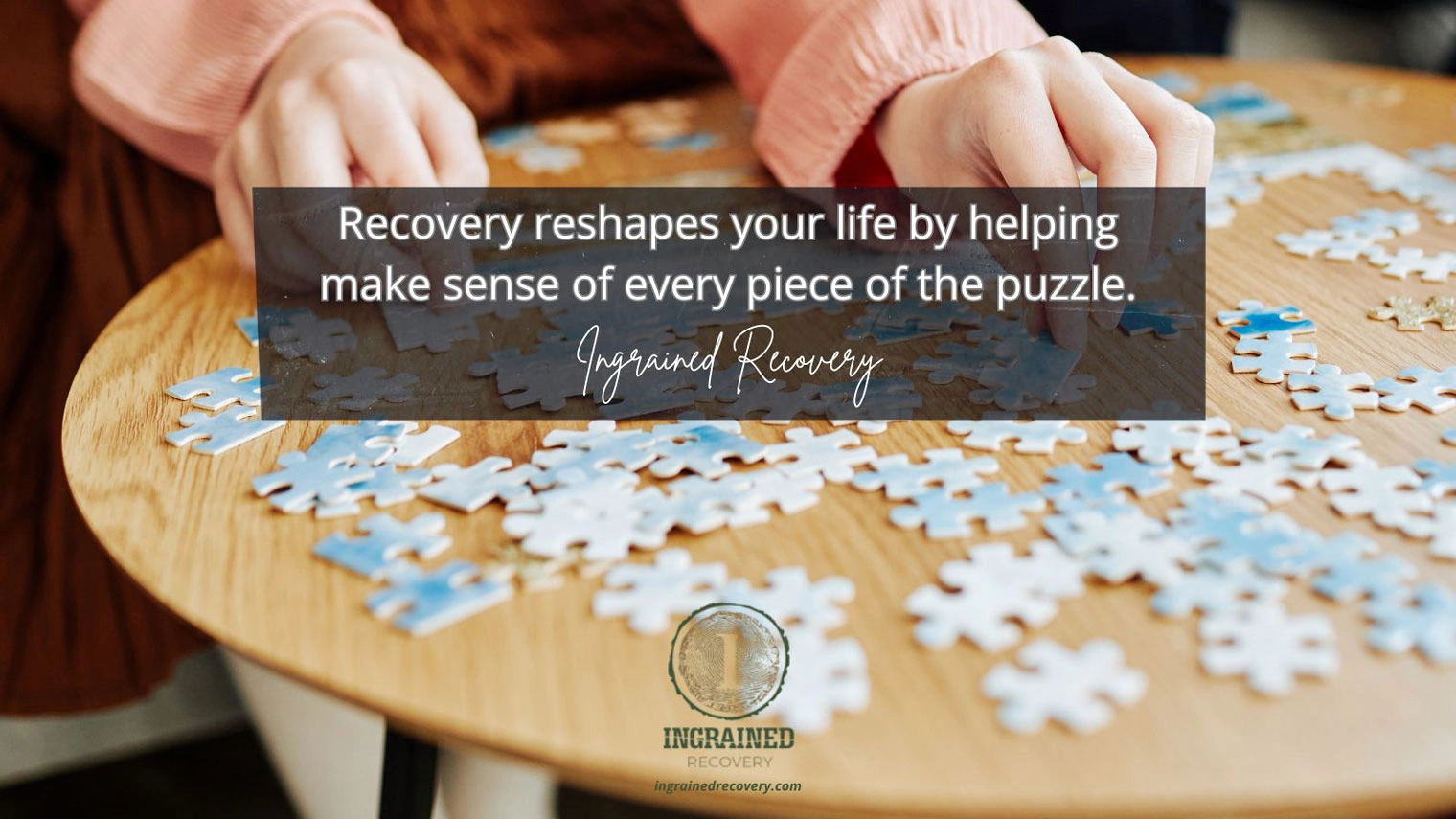
Cocaine detox is more complicated for someone with bipolar disorder. It takes specialized care to both stabilize the low or manic episodes of bipolar disorder while also stopping drug use. Withdrawal symptoms can start within a few hours of the last dose of the drug. In a medical setting, treatment professionals will provide treatment to keep the symptoms to a minimum during this critical phase.
Medication-Assisted Therapy With FDA-Approved Mood Stabilizers
Medication-Assisted Therapy (MAT) is the science of finding the correct doses of the proper prescription medication while avoiding drug interactions with medicines for other conditions.
Even when the struggle with drug abuse ends, bipolar disorder will remain. Our team will help you find the right medications and the proper doses to help you live a more balanced life. With our
Therapy to Change Behaviors Leading to Addiction
Once you are stable and detox is underway, you’ll work one-on-one and in a group setting to understand the connection between manic episodes and drug abuse. Then, you will replace those faulty connections with healthier coping tools.
Your therapist may use a variety of therapies:
- Cognitive Behavioral Therapy (CBT): CBT helps people identify negative thoughts and actions that have contributed to the addiction. The therapy process helps develop practical skills to cope with triggers and manage emotions in a better way moving forward.
- Dialectical Behavior Therapy (DBT): DBT, a sub-type of CBT, improves personal skills, which the mood swings of the depressed and manic phases of bipolar disorder have often damaged. The technique teaches mindfulness and how to cope with distress. It’s very helpful for people struggling with mood disorders and addiction.
- Motivational Interviewing (MI): MI is a client-centric approach that helps a person maintain the motivation they need to make lasting changes. The person explores their personal reasons for wanting to overcome addiction and grow more confident that they can manage the bipolar disorder. The National Institute on Drug Abuse explains that including this technique means people choose to stay in treatment when they feel like giving up.
- Art or Music Therapy: Creative therapies help people express the emotions that they may not have the words to explain. It can center and calm the mind and creates self-awareness on a whole new level.
Our professionals are dedicated to helping you reshape negative thoughts and behaviors that come from your bipolar disorder.
Equine Therapy - An Unexpected Twist on Sandard Treatment

Working with our beautiful horses helps you develop emotional awareness, often dulled by bipolar disorder and addiction. It is a science-backed therapy that’s impactful and integrates seamlessly with the other services you’ll receive at Ingrained.
Relapse Prevention Plan: Living with Bipolar Disorder and Avoiding Future Cocaine Use
Before you leave our program, you will also have an aftercare plan to help avoid relapse.
- If you’ve come to us from outside the area, that could mean a referral to a local counselor for follow-up.
- You might make a list of phone numbers to call if you feel like you might slip back into substance use or addiction or when you feel an incoming manic episode.
- An aftercare plan will probably include a list of weekly Narcotics Anonymous or SMART Recovery meetings in your community.
- You might even write yourself a list of self-care strategies during a manic episode.
- Perhaps you’ll write down a daily schedule to provide built-in support and routines.
This plan will be unique and meaningful to you. It’s your roadmap to staying free of addiction while managing your bipolar disorder.
Up To 100% of Rehab Costs Covered By Insurance
Get Treatment for Bipolar and Cocaine at Ingrained
Treatment for co-occurring bipolar disorder and cocaine addiction requires a professional setting, where addiction specialists treat both conditions and help you learn the skills needed to manage bipolar symptoms. The integrated approaches at Ingrained provide the basis for rebuilding a better, stronger life as you move forward.
Call us today. It’s free, confidential, and we’re here for you 24/7.
